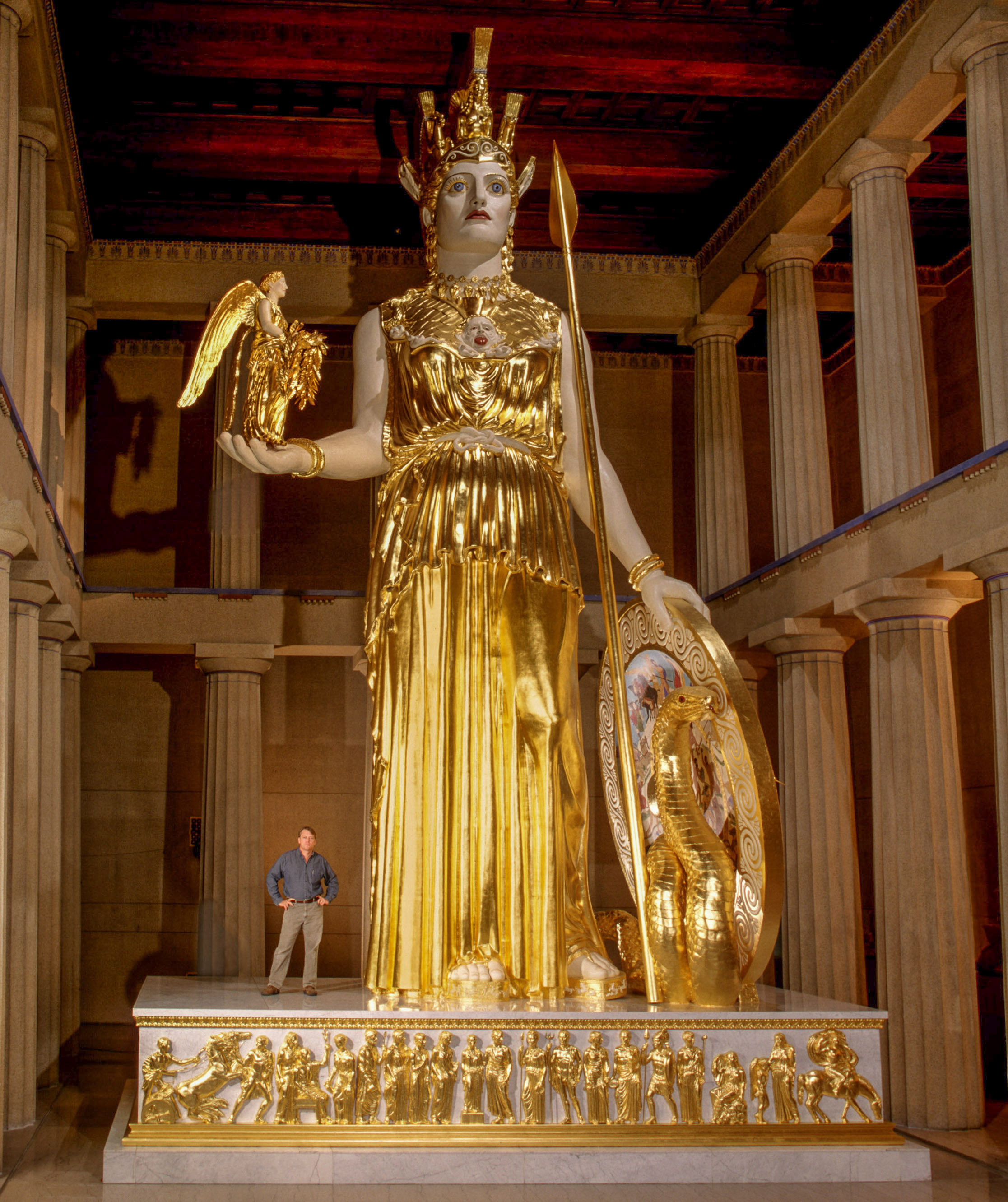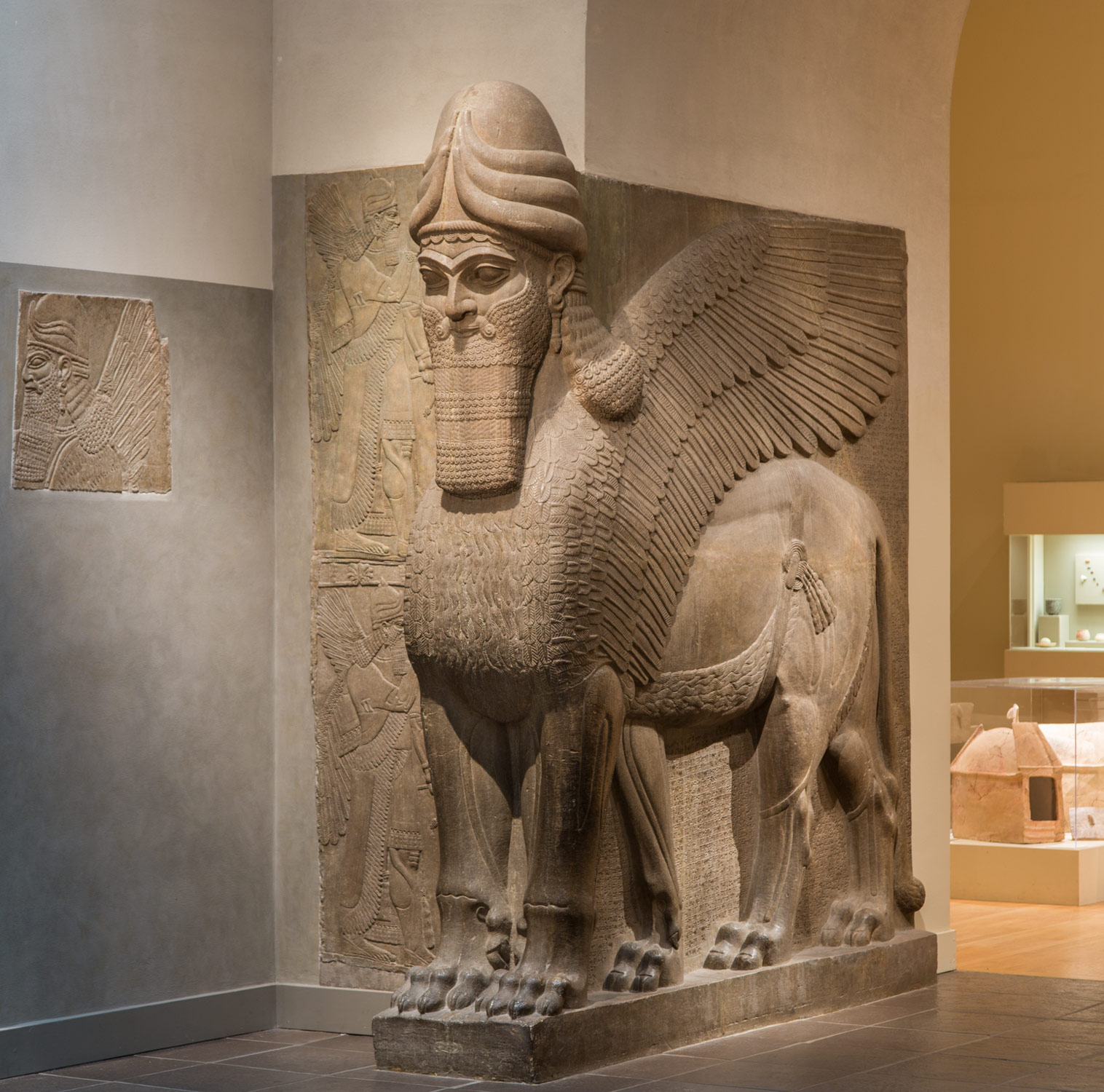Reflective tag
Men and Women are both different externally and internally. So it only makes sense that there are a few differences in health and diseases between the sexes. When it comes down to surviving men are beat in about every category when it comes to health. This is because some of the biological, social, and behavioral factors effect men more than women.
Artifact 5
Men and women are different in many different ways which cause a gender gap in life expectancy in males and females. The gender gap in america went from 2 years in 1900 to 5.1 years in 2007. In other places the gap is even wider but pretty much everywhere it follows the same trend of females living longer then males. This gap is due to the biological, social, and behavioral differences between males and females.
Men and women share 22 chromosomes together but that last pair of chromosomes known as the sex chromosome is why we are so different. In females the pair of sex chromosomes are both X in a male there is an X and a Y. If a women has a disease on one of her X chromosomes it has the possibility to be counter balanced by her other X chromosome, a man doesn’t have that same possible protection. One thing that keeps the gap of life expectancy from being even bigger then it is the reproductive anatomy. Men and women prostate and breast cancers are pretty closely matched but women are 45 percent more likely to die from their disease then men are.
Looking on the more social side of things, women have a larger network of support then men by about 2.5 times. Men are stereo-typically seen as the worker who earns for the family which increases the amount of stress. The amount of stress from work also increases the risk of hypertension, heart attack, and stroke. As more women are entering the workplace the gender gap is closing.
Finally looking at things from a more behavioral side, men tend to do more risky things which increases there risk for trauma, injury or death. On top of the risky side of males they are also more aggressive which puts the people around him in harms way. A man is about four times more likely to die of a homicide then a female. But females are more likely to be victims of domestic abuse.








